Many of those in the medical and healthcare industry have moved on from stale marketing techniques that are no longer as effective as they once were, such as advertising in the yellow pages, on TV, or sending direct mail flyers. According to a report by Demand Metric, 86% of people ignore TV advertisements, and 44% ignore direct mail. The report also shows that online content marketing yields approximately three times as many leads as traditional marketing, and costs 62% less.
 Just like with every other industry, the medical community’s target audience is now searching online for information and solutions to their healthcare problems. According to another report compiled by the Pew Research Center’s Internet & American Life Project, 72% of internet users say they looked online for health-related information of one kind or another within the past year, including how to find a doctor near them who can help them with a specific healthcare concern.
Just like with every other industry, the medical community’s target audience is now searching online for information and solutions to their healthcare problems. According to another report compiled by the Pew Research Center’s Internet & American Life Project, 72% of internet users say they looked online for health-related information of one kind or another within the past year, including how to find a doctor near them who can help them with a specific healthcare concern.
However, simply showing up online isn’t enough, even if you’re pouring a substantial amount of your marketing dollars into ads on Facebook or Google to promote your specialty or your practice. The stakes are high for reaching prospective patients who suffer from health problems that you know you could help them solve. These patients and their loved ones have urgent needs and concerns, are looking for a doctor or medical practice they can trust, one that has helped people just like them.
Despite all the noisy din of the online world, there’s one marketing tool that stands the test of time for attracting prospective patients’ attention and earning their trust—storytelling. An article in Forbes explains how stories create a “shared experience” from the time we’re born, and that we are hard-wired to receive information primarily through storytelling. Storytelling is relatable and compelling and makes for better patient awareness, engagement, and conversion. In fact, an infographic in AdWeek reveals how consumers are even willing to pay more for products and services when those products or services are presented along with a story.
Storytelling touches emotions, engages the patient, and inspires questions, comments, and interaction. Ultimately, patients gain a greater awareness and understanding after reading about another patient’s experience and are then more likely to remember and act on a solution that another patient benefited from. However, the storytelling must be accurate, visually engaging, and as interactive as possible to attract and keep prospective patients.
Show, Don’t Tell
In the writing world, there’s a rule that says, “Show, don’t tell.” In other words, to clearly convey what your practice offers and how potential patients would benefit from choosing your practice, paint a picture with a story about a patient by telling about his or her challenges, emotions, and solutions rather than a laundry list of dull, descriptive medical terminology.
 Another writing slogan along these lines is, “Facts tell, stories sell.” Here’s one simple example: A vein specialist had been posting on her blog about how she uses the latest laser technology in her varicose vein removal procedures, but she felt that her blog posts were falling on deaf ears. She wasn’t getting calls from new patients, and she wasn’t seeing much growth in website or Facebook visitors.
Another writing slogan along these lines is, “Facts tell, stories sell.” Here’s one simple example: A vein specialist had been posting on her blog about how she uses the latest laser technology in her varicose vein removal procedures, but she felt that her blog posts were falling on deaf ears. She wasn’t getting calls from new patients, and she wasn’t seeing much growth in website or Facebook visitors.
Then, she wrote a story about a woman in her 70s who had had an excruciating varicose vein stripping surgery about 20 years ago. She had developed more varicose veins since then, and they were severely limiting her lifestyle because of the pain and swelling they were causing in her legs. She heard that this vein specialist had newer, less painful treatment options and consulted with her about the procedures. After her laser treatment, she raved about how easy this varicose vein procedure was compared to the one she had many years ago, and said she wished she’d pursued treatment much sooner because she felt so much better without the constant pain and swelling.
The vein doctor didn’t even need to reveal her name; she simply referred to her as a “grandmother of four” which was enough to give the reader context of her age. Her experience alone invited prospective patients to put themselves in her shoes and realize how far medical advances have come, and how those treatments might help them as well. The post was shared four times more than another blog post the vein specialist had published, and it remains one of her practice’s most popular for generating new patients. In fact, first-time patients often mention that they read it when they come in for their initial consultation.



